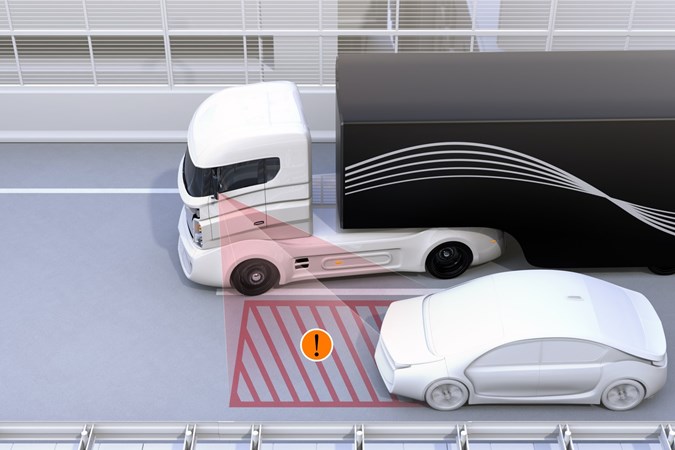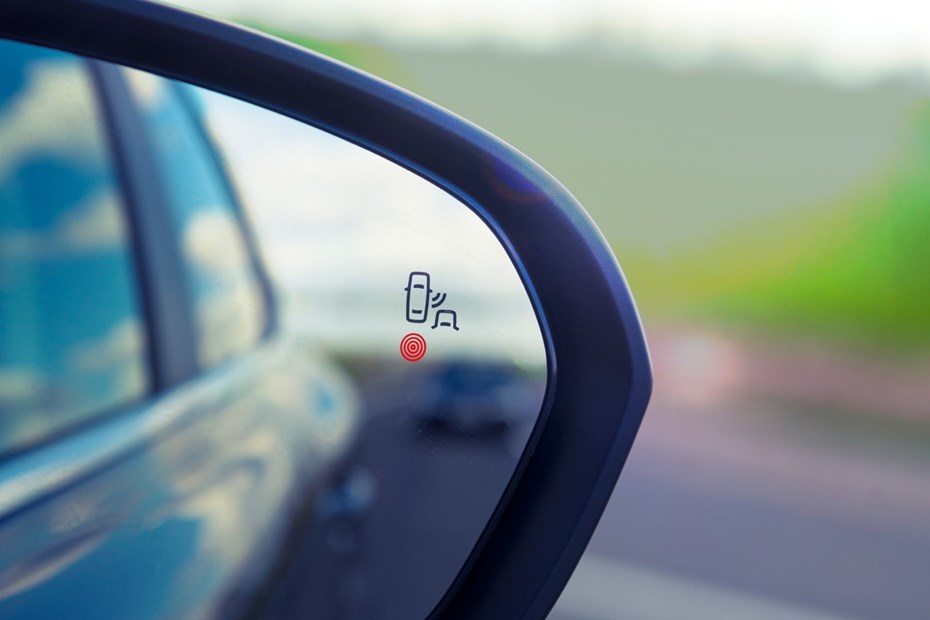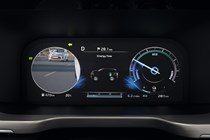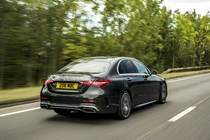One of the very first things you’re taught when learning to drive is to check the blind spot. Looking over your shoulder before committing to a manoeuvre allows you to see what’s in that bit of the car’s side not covered by the mirrors. Checking it is a matter of safety, but it’s an easy habit to fall out of. That’s where blind spot monitors come in.
They constantly watch the side of your car and warn if there’s another vehicle in a position that you might not be able to see. And they can be extremely useful driver aids, as members of the Parkers team can attest.
In this guide, we’re going to look at how blind spot monitors work and how they can help you avoid getting into a sticky situation.

How do blind spot monitors work?
Much like adaptive cruise control, a blind spot monitoring system uses radar sensors strategically placed on the side of a car. The radar signal covers an area from a distance beyond the back of the car to roughly level with the driver’s door. That’s the bit that can be difficult to see in the car’s side mirrors or over your shoulder.
When a car is detected by the radar sensor, a warning signal is given, typically an orange light on the driver’s door mirror. The light is usually seen on the mirror itself but can be on the housing. The light might be augmented by a vibration through the steering wheel or seat, and/or an audible warning if the system thinks you’ve not reacted.

The most advanced systems, such as that found in the latest Mercedes-Benz C-Class, can take evasive action if the driver doesn’t. If the system thinks an accident is imminent, it takes control of the steering to move the car back towards the middle of the lane. It’s a measure of last resort that can act rather abruptly, so it’s best to not let the situation get that far.
Do I need blindspot monitors?
Blind spot monitors are not yet legally required in all new cars as autonomous emergency braking is, among other safety systems. However, a great many cars are now fitted with them as standard, or they’re available as an option.

In 2008, it was estimated that an average of 16 ‘side swipe’ accidents occurred on UK motorways each week (more recent, accurate figures are difficult to find). A side swipe is an accident in which two vehicles make side-to-side contact. At best, it’ll just be ‘shoulder-to-shoulder’ contact that the vehicles can recover from safely. At worst, it can send either or both vehicles into a big crash.
Blind spot monitors are intended to eliminate side swipe accidents, and they can be very effective in doing so. It can be tempting to regard them as a nannying nuisance, but even the best drivers have off days and miss potential hazards. Indeed, some members of the Parkers team have experienced for themselves how blind spot monitors can help prevent you getting into a very bad situation.

That’s not to say blind spot monitors aren’t sometimes a bit annoying. For instance, they can pick up every passing pedestrian and cyclist when driving in town, which can become irksome if your car has a haptic or audible warning. But, if you dive into the car’s settings menu, you might be able to adjust the warnings given to make them more bearable.
You can improve your field of vision from the driver’s seat if your car doesn’t have blind spot monitors. A set of extra blind spot mirrors that attach to the main side mirror can be an effective and affordable option.
Just so you know, we may receive a commission or other compensation from the links on this website - read why you should trust us.












